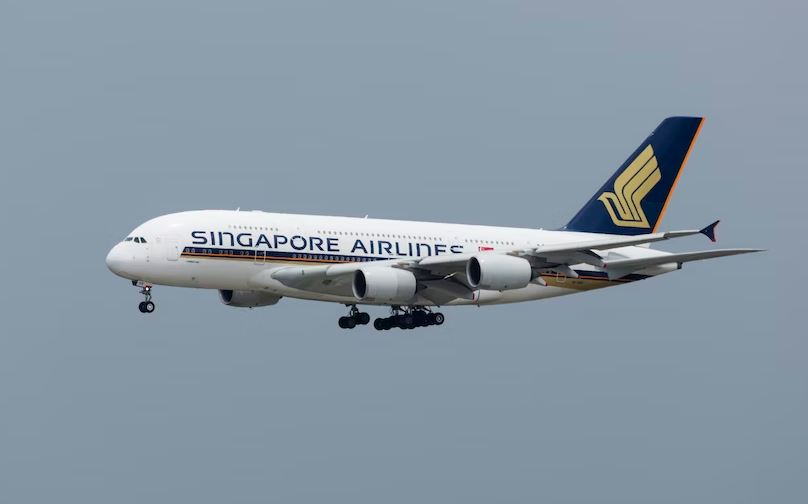Synopsis: By using SITA OptiClimb®, the airline can make the most of its fuel during the climb-out phase of the plane. The new method uses 4D weather forecasts and machine learning models made for aircraft tails to suggest different speeds for climbing at different altitudes.

Singapore Airlines has chosen SITA OptiClimb®, a digital in-flight prescriptive analytics platform for fuel management, to help it reach its goal of having net-zero carbon emissions by 2050. This move by Singapore Airlines comes in support of promoting sustainable tourism among other airline companies.
By using SITA OptiClimb®, the airline can make the most of its fuel during the climb-out phase of the plane. The new method uses 4D weather forecasts and machine learning models made for aircraft tails to suggest different speeds for climbing at different altitudes. It uses data from previous flights to predict how much fuel will be used in different flying conditions and gives pilots suggestions for the best climb profiles on an easy-to-use interface.
If every airline in the world employed SITA OptiClimb®, it is predicted that airlines would save up to 5% on fuel during climb-out on each trip and avoid about 5.6 million tonnes of carbon emissions every year.
Since August 2022, Singapore Airlines Airbus A350 planes have been using the tool after a successful testing phase and validation of SITA OptiClimb® results. SITA says that the solution will allow the airline to cut carbon emissions from aircraft by up to 15,000 tonnes per year.
The Senior Vice President of Flight Operations at Singapore Airlines, Captain Quay Chew Eng, said that the company uses a number of tools to meet its sustainability goals. These include the latest technologies to improve fuel efficiency and reduce carbon emissions. Advanced analytics are used by SITA OptiClimb® to support this result. We’ll keep looking for new ways to reduce our carbon footprint and reach net-zero carbon emissions by 2050.
Yann Cabaret, CEO of SITA OptiClimb®, said, “We couldn’t be happier to be a part of Singapore Airlines‘ journey to make aviation more environmentally and financially sustainable.” We can assist all airlines and their employees in making more informed decisions that produce better and much-needed operational efficiency right now with the use of cutting-edge, affordable, and data-driven technologies like SITA OptiClimb®.
If no action is taken, the International Air Transport Association (IATA) projects that global aviation carbon emissions between 2021 and 2050 will total about 21.2 gigatons of carbon dioxide. The aviation sector has been putting up a number of initiatives to cut carbon emissions and reach net-zero by 2050. These steps include using sustainable aviation fuels, new aircraft technology, and operational and infrastructure upgrades to help improve fuel efficiency and reduce reliance on fossil fuels.
The post Singapore Airlines to achieve zero carbon emissions by 2050 appeared first on World Tour & Travel Guide, Get Travel Tips, Information, Discover Travel Destination | Adequate Travel.
